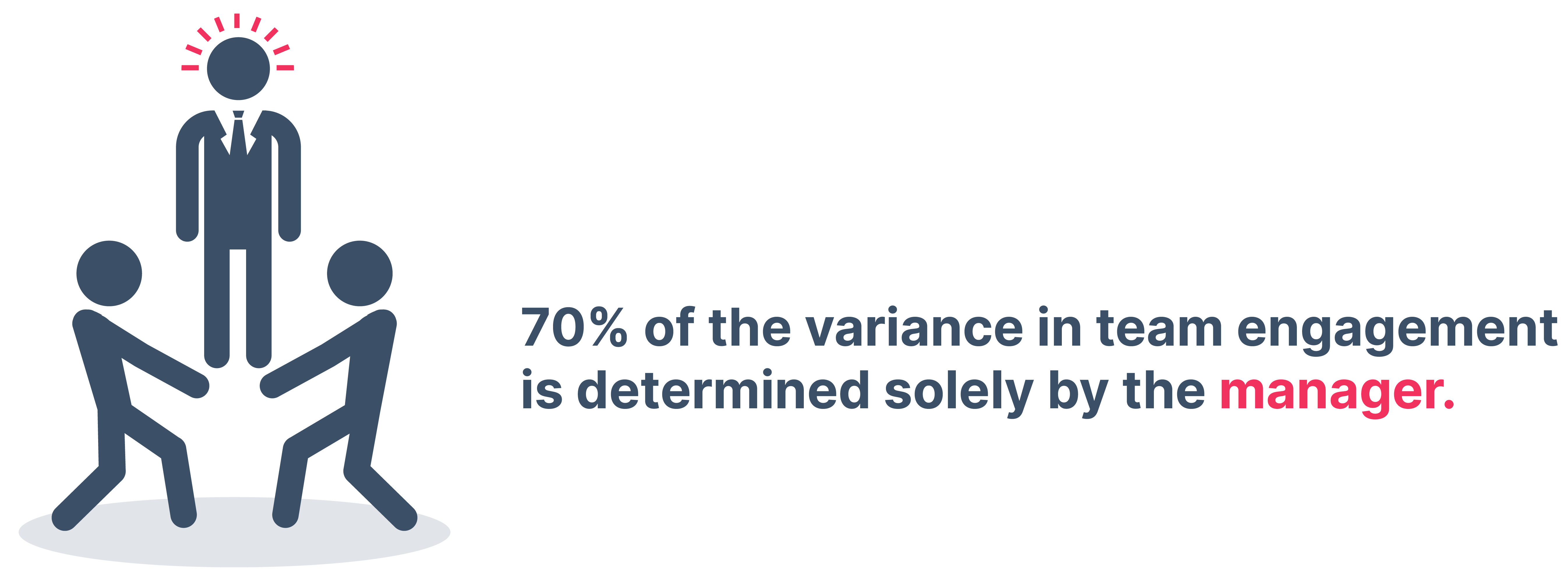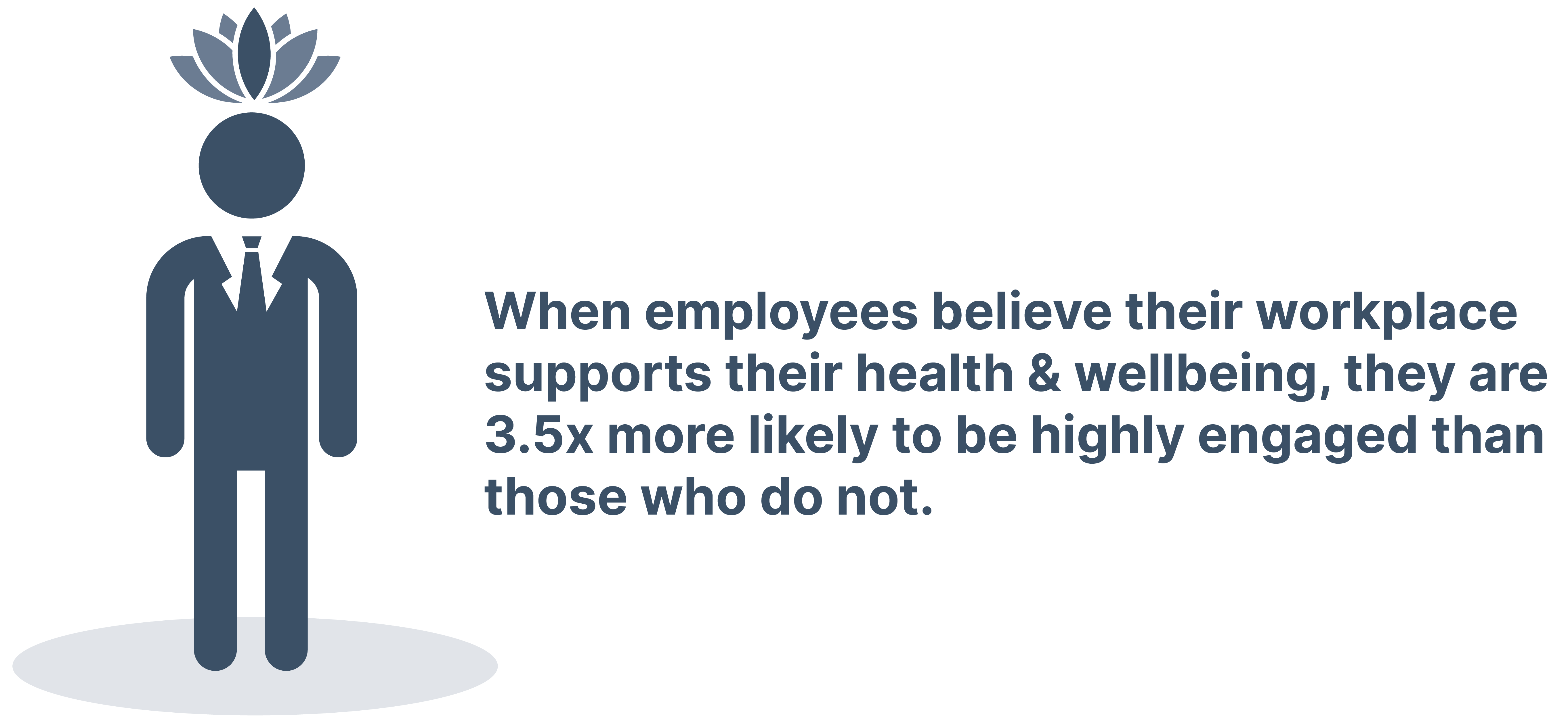Employee Engagement Strategies that Actually Work
Over recent years, employee engagement has become a key factor for many job seekers and employees, which means it has become increasingly crucial to employers as well. There are many reasons for this, but before we get into those, let’s look at what employee engagement actually means.
What is employee engagement?
Well, there is no one definition. It means different things to different companies. However, employee engagement can generally be thought of as the enthusiasm and dedication employees feel in their job. It goes beyond job satisfaction; after-all, people can experience job satisfaction merely by showing up and getting paid. Employee engagement is an active interest and dedication to the job or company.
Why is employee engagement important?
Whether you want to admit it or not, employees are the lifeblood of any business. We are only as good as our people. And when our people are engaged, good things happen for the entire organisation. According to Gallup, when employees feel engaged, a few things happen:
- Productivity increases
- Profitability goes up
- Work quality increases
- Absenteeism and turnover decrease
- Customer loyalty improves
But despite all these benefits, only 15% of employees report being "engaged" at work.
With numbers like that, it’s no wonder employers are looking for creative and data-driven ways to engage their employees. Here at Hurree, we’ve seen the benefits of a proper engagement strategy, so we’ve put together some tips that will leave your employees happy and your business thriving.
1. Set Goals and OKRs
Knowing your destination means you can work efficiently and effectively on the journey. For employees, knowing what they’re working towards is an important factor in remaining engaged at work. In fact, 8 in 10 employees state when goals and expectations are clear, they are more likely to be highly engaged.
When goals are unspecific, this can lead to risk-taking on one end of the spectrum and loss of motivation on the other. That’s because when they don’t know what they’re working towards, employees aren’t able to see how they contribute. It’s almost as if they constantly have to ask ‘what’s the point?’. And if your employees are asking that, then you’re probably in trouble.
So, your engagement strategy should start at the top, with clear, SMART goals and OKRs that can then be filtered down to the rest of the team.
2. Let employees know their place
Setting goals isn’t enough on its own. Context is everything, and that’s no different for your team. Contextualising everyone’s individual roles and tasks allows them to feel more connected to the company. This is especially true when you set overall OKRs and goals, and then link each team and team member to those goals.
Showing your team where they fit in, especially being able to see how they contribute to company wins, is a key driver in engagement. That’s because they get to share in the success of the company and feel as though they were a part of it. And guess what? Employees who can see that a company is doing well are half as likely to leave.
3. Communicate Regularly
We know, managers are busy, but making time to regularly touch-base and communicate with their teams is crucial for engagement. We’re not talking about micromanagement here, there’s a difference between being engaged and being overbearing. However, statistics show that employees who have a highly engaged manager are more likely to be engaged themselves - 59% more likely in fact.

Source: Gallup
In today’s modern workplace though, it can be difficult. Hybrid and remote employees may have different needs than your in-office team, different employees have different communication styles, etc. The important thing to remember is that regular communication that provides your team the opportunity to feedback is the best way to ensure your team is engaged.
|
Out-dated |
Effective |
|
Once a year reviews |
Regular 1:1 conversations |
|
Siloed goals |
Contextualised team-based goals |
|
Numbered ratings |
Comprehensive feedback |
|
Static performance reports |
Real-time dashboards that show performance |
|
Performance-focused |
Engagement focused |
4. Be transparent
Communicating your goals to your team feeds into a larger cultural ethos that nurtures employee engagement - transparency. Transparency in the workplace means you share information freely with the entire organisation. There are a lot of reasons to practice transparency as a business, with increasing employee engagement chief among them.
Being open with your business helps to foster a culture of honesty and accountability. Think about the last job you had where you felt engaged ( hopefully you’ve had one) - I bet there was, at some level, a culture of sharing important information. Less secret keeping and more open communication lead to employees feeling happier and safer in their jobs.

Source: Tinypulse
5. Get your onboarding right
Onboarding is the process of inducting new employees into your organization and it plays a major part in ensuring your team is engaged from the start. It may seem obvious, but more than a few businesses don’t take onboarding seriously enough, which is a shame because employees who had effective onboarding report feeling:
- 18x more committed to their organisation
- 38% more confident in their jobs
- 33% more engaged
The key to effective onboarding is more than just making their first day fabulous (though do this too). Introducing new employees to key teams and stakeholders, ensuring they have dedicated face-to-face time with their manager, providing the right tools, and most importantly, having comprehensive training are all important factors when onboarding.
6. Create an inclusive and diverse workplace
The environment in which we work has a massive impact on the way employees feel, but this goes beyond a ping pong table or Friday afternoon drinks carts. Diversity and inclusion are some of the most important factors to creating an environment where employees feel safe and happy, which is important in and of itself. But they are also the foundation to building great employee engagement.
When we talk about diversity and inclusion we’re talking about the range of human differences in an organisation like age, gender, race, etc. (diversity) and the feelings of belonging, psychological safety, and equity (inclusion). You can’t have one without the other.
According to Deloitte, “there is a statistically significant relationship between diversity practices and employee engagement at work, for all employees.” Why? Well, it turns out when your people feel a sense of belonging and feel their ideas and feedback are welcomed and valued, they are more engaged. And let’s not forget, that translates to better performance overall for your business and greater job satisfaction for your team.
7. Invest in employees
A LinkedIn study found that 94% of employees said they would stay longer at a company that is invested in their career development. People want to learn and grow, and when a company offers that opportunity, it has a big impact. Programmes like funded training or paid volunteer days are a great start. You could also think about things like mentorship programmes or even a company book club if you want to be a little outside of the box.
The key thing to remember is it’s not solely about career development. Our jobs are often the primary source of stress in our lives, so taking measures to mitigate that means a lot. Employees want to feel supported in their health and wellbeing as well. Putting your money where your proverbial mouth is may feel hard to justify (especially in the current economic climate), but in the long run, investing in your team will lead to better results for your organisation.

Source: Quantum Workplace
8. Use technology to empower teams
These tips are all well and good, but the big question is how to implement them. The biggest weapon will be finding the right tools that empower your team, both in terms of communication and tracking.
Technology these days is crucial for teamwork for all types of teams, helping them:
- Set and track goals
- Collaborate virtually
- Recognise achievements
- Improve feedback
- Measure team effectiveness
- Manage tasks and projects
Apps like Slack are a great way to start as they can be used to increase communication across all types of teams, whether you’re remote, in-office or a little bit of both. What I like about Slack is the ability to create specific channels for different topics, so you can have job channels, but also some more fun ones.
When it comes to facilitating transparency and tracking goals, KPI dashboards are one of the best tools you can invest in. They help track progress and provide a tangible overview of how everyone is doing and how they contribute to every achievement and gain. With the right dashboards, you can track individual progress, team performance, and even company-wide performance against those important OKRs you set.
Making sure your team has the right tools at their fingertips will allow them to excel and feel more engaged overall.
Conclusion
Employee engagement has a massive impact on every organisation, whether you consciously invest in it or not. After all, an engaged workforce can increase profits by up to 21%. Though, the drive for employee engagement shouldn’t be all about profits. A team that feels satisfied, even happy in their job, has benefits for your company in ways we can’t even measure.
Share this
You May Also Like
These Related Stories

8 Tips from Real Companies to Make Your Meetings More Productive

5 Tips For a Successful Multichannel Marketing Plan



